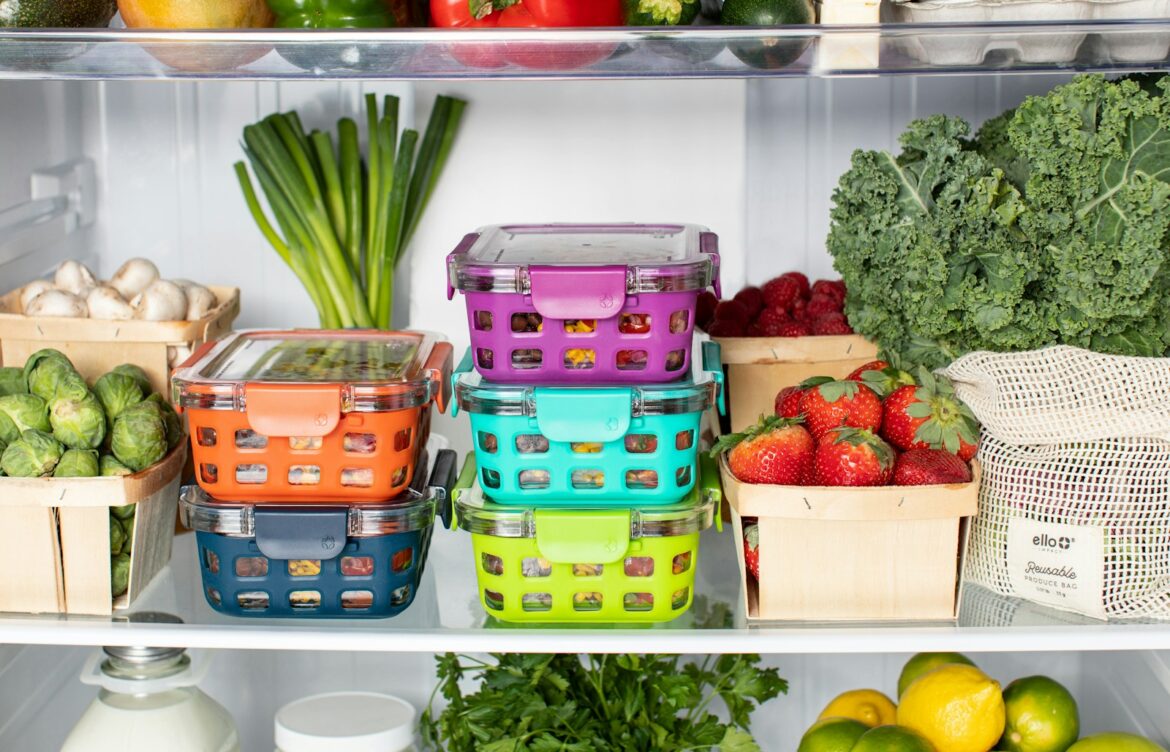
How to Keep Fresh Produce Crisp Instead of Soggy
There’s nothing worse than reaching into your fridge for lettuce, herbs, or berries, only to find them wilted and soggy. Not only is it disappointing, but it also leads to unnecessary food waste. The truth is, keeping produce crisp isn’t just about buying fresh — it’s about how you store it once you bring it home. Smart design, like German fridge technology, can help create the right environment for produce, but your storage habits matter just as much.
Understand Why Produce Goes Limp
Fruits and vegetables lose their crunch when they lose water. Too much moisture causes them to go slimy, while too little leaves them shrivelled. Balancing humidity is key, which is why many modern fridges include crisper drawers designed specifically to control airflow and moisture levels.
Use the Crisper Drawers Correctly
Many people use crisper drawers as random storage, but they’re actually designed with different settings:
- High humidity drawers: Ideal for leafy greens, herbs, and delicate vegetables that need moisture to stay crisp.
- Low humidity drawers: Best for fruits that release ethylene gas, like apples and pears, as airflow helps prevent over-ripening.
Adjusting these settings correctly ensures produce lasts much longer.
Keep Ethylene Producers Separate
Certain fruits give off ethylene gas, which speeds up ripening and spoiling in nearby produce. Bananas, apples, and avocados are big culprits.
Tip: Store ethylene-producing fruits away from sensitive vegetables like leafy greens, cucumbers, and berries. This prevents premature wilting and spoilage.
Don’t Wash Until You’re Ready to Eat
Moisture is one of the biggest factors in soggy produce. Washing fruits and vegetables before storage often leaves excess water on the surface, which encourages mould and breakdown.
Tip: Only wash produce just before eating or cooking. For items that need to be prepped ahead, dry them thoroughly with paper towels or a salad spinner before storing.
Store in Breathable Bags or Containers
Plastic bags trap too much moisture, which can cause vegetables to rot quickly. Instead, use perforated bags, mesh produce bags, or storage containers designed with vents. These allow airflow while maintaining the right level of humidity.
Line Drawers With Paper Towels
Even with careful storage, moisture can build up at the bottom of drawers.
Tip: Lining drawers with paper towels absorbs excess condensation, keeping the environment drier and extending the freshness of leafy greens and herbs.
Keep Fridge Temperature Consistent
Produce lasts longest in a fridge that stays consistently cold. Fluctuating temperatures make fruits and vegetables break down faster.
Tip: Aim to keep your fridge at around 3–4°C. Avoid overcrowding, which restricts airflow and leads to uneven cooling.
Quick Tricks for Common Produce
- Lettuce: Wrap washed, dried leaves in paper towels and store in an airtight container.
- Herbs: Store in jars of water like fresh flowers, covered loosely with a plastic bag.
- Berries: Keep dry and in shallow containers to prevent crushing. Add a paper towel to absorb moisture.
- Carrots and celery: Store in water-filled containers for maximum crunch.
Crispness Comes Down to Care
Keeping produce fresh isn’t just luck — it’s about knowing how to balance moisture, airflow, and storage conditions. With the right fridge setup and a few easy tweaks, you can stop wasting money on wilted greens and enjoy crisp, delicious fruits and vegetables all week long.
